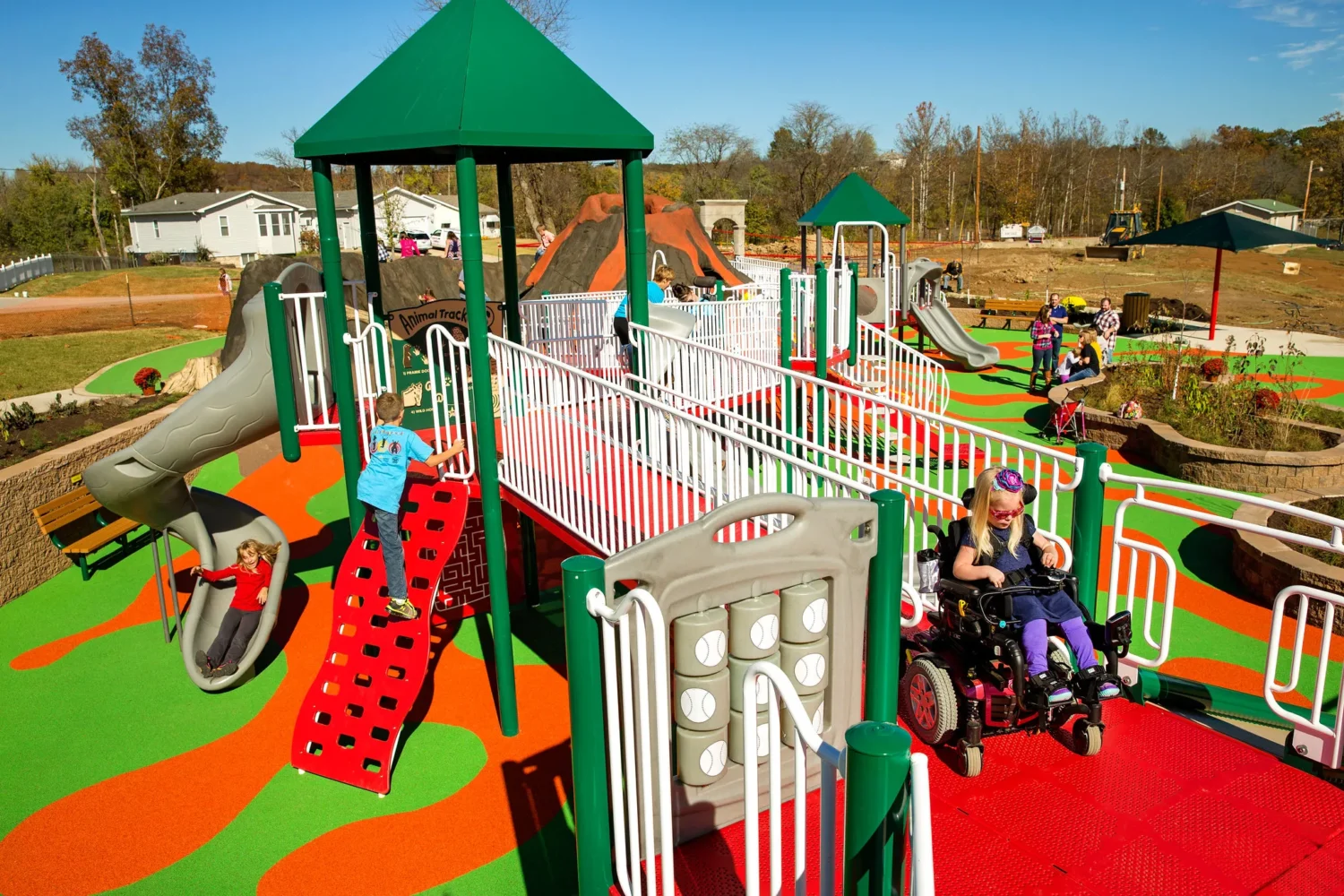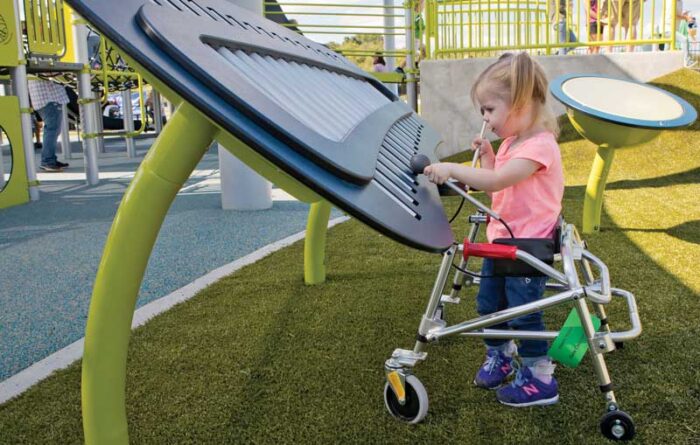
When it comes to early childhood education, inclusive play design is an important concept that has the potential to create a safe and equitable learning environment for all students.
In this article, we will define inclusive play design and explore the benefits it can bring to early childhood education.
Definition of Inclusive Play Design
Inclusive play design is a concept that involves creating activities and environments which are accessible to all children regardless of their abilities or needs. This means including everyone in the same activities, regardless of any physical, mental, or emotional limitations they may have. It also involves providing equipment that is appropriate for different age groups, genders, and skill levels.
Finally, inclusive play design encourages collaboration between parents and educators in order to create an environment where every child can feel comfortable participating in learning activities together with their peers.
Benefits of Inclusive Play Design in Early Childhood Education

The benefits of incorporating inclusive play design into early childhood education are numerous. First of all, it creates a more positive learning environment by allowing all children to participate on equal footing without fear or judgment from others due to differences in ability or need level. Furthermore, it encourages problem-solving skills as well as the creativity of children.
Types of Inclusive Play Design
- Developmentally appropriate environments and materials
- Adaptive toys and technology
- Universal design principles
Inclusive play is a way of designing play environments and materials that are accessible, enjoyable, meaningful, and safe for all children regardless of their ability or disability. It is important to consider the individual needs of each child when designing inclusive play experiences so that they can participate in an engaging, stimulating environment. This article will discuss three different types of inclusive play design: developmentally appropriate environments and materials, adaptive toys and technology, and universal design principles.
Developmentally Appropriate Environments and Materials

Developmentally appropriate environments are designed to meet the physical, cognitive, social-emotional, and sensory needs of children at different stages of development. This includes providing spaces with low thresholds for entry which helps children with mobility impairments move easily from one area to another as well as providing enough space for wheelchairs or other adaptive equipment if needed.
Developmentally appropriate materials may include age-appropriate toys such as blocks or puzzles that encourage fine motor skills as well as gross motor activities such as balls or swings that promote coordination skills. Other items like bean bags can provide tactile stimulation while mats may be used to create soft surfaces on which young children can explore their environment safely.
Adaptive Toys And Technology
Adaptive toys are designed specifically for individuals with special needs in mind.
Strategies for Implementing Inclusive Play Design in the Classroom

- Establishing a welcoming environment for all learners
- Utilizing differentiated instructional strategies
- Creating opportunities to foster interactions among peers
- Providing accessible structured learning experiences
In recent years, educators have increasingly recognized the importance of inclusive play design in the classroom. Play-based learning can provide children with age-appropriate opportunities to explore their environment, build relationships with peers, and develop essential skills for lifelong success. However, it can be difficult to successfully implement a well-rounded play plan that takes into account individual needs and abilities. The following strategies can help teachers create an inclusive classroom environment that meets the needs of all learners.
Establishing a Welcoming Environment for All Learners
Creating an inviting atmosphere is key to fostering inclusion in the classroom. Teachers should take time to get to know each student’s individual strengths and interests so they can build on those qualities throughout their lessons. Additionally, it’s important to provide a safe space where students feel comfortable expressing themselves without judgment or criticism from peers or adults.
Finally, teachers should strive to create an equitable atmosphere within their classroom by giving all students access to resources and opportunities regardless of ability level or background.
Utilizing Differentiated Instructional Strategies

Differentiation is essential when designing activities in an inclusive setting. Providing multiple instructional approaches allows teachers to meet the needs of different learners while also catering instruction specifically to each student’s unique abilities and interests.
Conclusion
Inclusive play design is a critical step towards creating a more equitable and accessible environment for all children to play and learn. By taking into account the needs of all children, regardless of their abilities or disabilities, we are helping to create an environment where everyone can be included and celebrated. Inclusive play design also encourages positive social development by fostering cooperation, collaboration, communication and problem-solving skills in an enjoyable way. This helps to ensure that every child can enjoy their own outdoor experience while still having the opportunity to interact with others in a safe and supportive setting.








